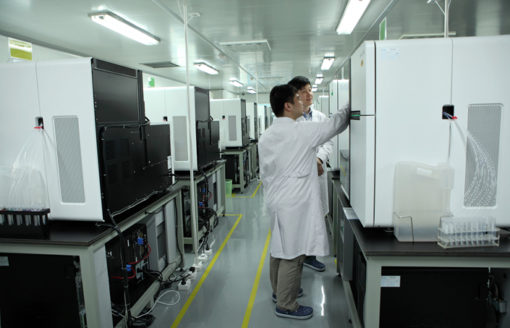Both the Chinese government and investors see tremendous opportunities ahead for private healthcare in China, as only 10% of the country’s medical services are provided by private hospitals. Frost & Sullivan, a business consulting firm, projects private hospitals to generate total revenue of $90 billion by 2019, tripling that in 2016.
Due to the expected rapid growth of the country’s elderly population, increasing cases of chronic conditions like diabetes and cancer, and the overly-crowded public hospitals, the Chinese government has given the development of the private healthcare market a priority. As a result, investors are responding positively. For example, the International Hospitals Group headquartered in the U.K. signed a contract with Keyi Real Estate for building an international hospital in Hangzhou, China with total investment of roughly $134 million.
Despite signs indicating that the growth of private healthcare facilities is promising, significant issues must be addressed so that private healthcare can be incorporated into the Chinese healthcare system fully and play the role of relieving the strain on public hospitals and giving patients an alternative.
To attain sustainable achievement, private healthcare should reinforce public trust, recruit experienced physicians and address the issues hampering physicians’ willingness to practice at multiple sites (private hospitals as well as public hospitals) such as job security, and make private care a more affordable option for the public.
First, private hospitals should not just target the wealthiest because they have the option of meeting their medical needs through overseas medical tourism. Second, private hospitals should also focus on attracting or sharing prominent physicians, who usually have a lot of followers. Finally, private hospitals must continue to provide added value for their patients by providing preventative care, patient-centered experiences, and access to state-of-the-art technologies and innovative medications and therapies.





Global Genomics Market Expected to Maintain Growth